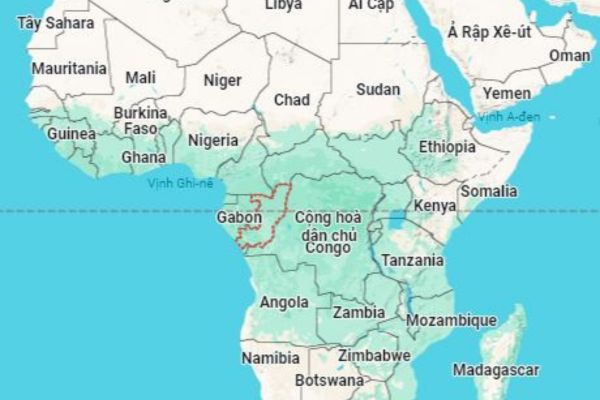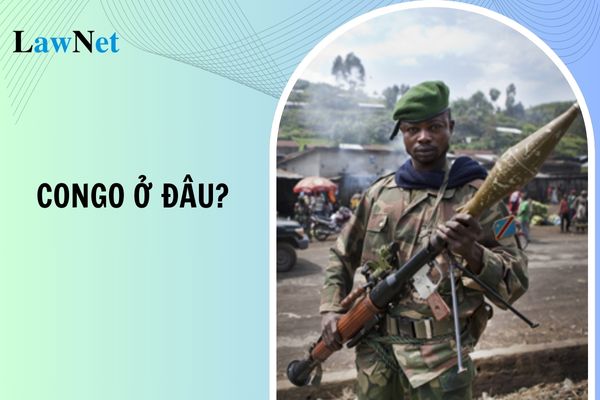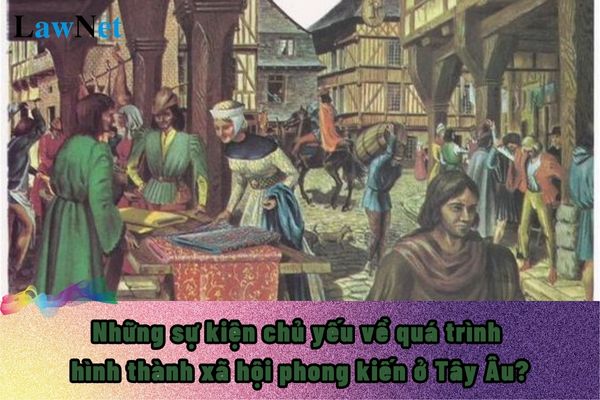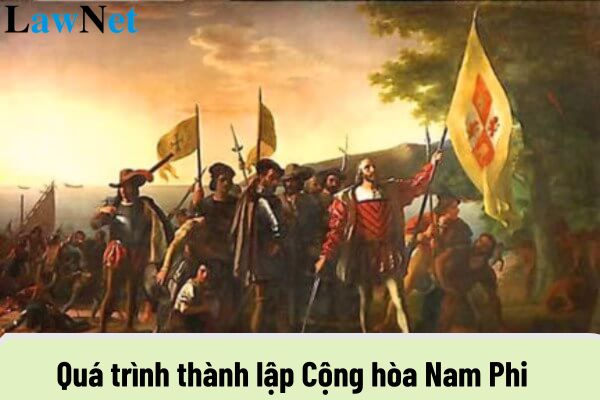Where is Congo? When do students in Vietnam learn about the geographical location of African?
Where is Congo?
In actuality, there are currently two different Congos: the Republic of Congo (Congo Brazzaville) and the Democratic Republic of Congo (Congo Kinshasa). For more information on where Congo is, refer to the article below:
Republic of Congo (Congo Brazzaville): This is a nation located in Central Africa, with its capital at Brazzaville. The Republic of Congo borders Gabon to the west, Cameroon to the north, the Democratic Republic of Congo (Congo Kinshasa) to the east and south.

(Position of the Republic of Congo)
Location: Located in West Central Africa, with the capital at Brazzaville.
Area: Approximately 342,000 km².
Population: Approximately 5 million people.
Main language: French.
Capital: Brazzaville
Democratic Republic of Congo (Congo Kinshasa): This is the larger country, with its capital at Kinshasa. The Democratic Republic of Congo shares borders with several countries including Angola, Zambia, Tanzania, Uganda, Rwanda, Burundi, and the Republic of Congo.

(Position of the Democratic Republic of Congo)
Location: It is the largest country in Central Africa, with the capital at Kinshasa.
Area: Approximately 2,345,000 km², making it the third-largest country in Africa.
Population: Approximately 90 million people.
Main language: French.
History: The Democratic Republic of Congo has experienced many years of war and conflict, but is currently recovering.
Capital: Kinshasa
Note: The content is for reference only!

Where is Congo? When do students in Vietnam learn about the geographical location of African? (Image from the Internet)
When do students in Vietnam learn about the geographical location of African?
According to the Curriculum for the History and Geography subjects issued with Circular 32/2018/TT-BGDDT, the content for grade 7 is specified as follows:
| Topic | Description |
|---|---|
| Geographic location, African extent | Able to present the characteristics of the geographic location, shape, and size of Africa. |
| Natural characteristics | Able to analyze one of the natural features of Africa; one environmental issue in using nature (e.g., wildlife hunting and trafficking, ivory, and rhinoceros horn trade,...). |
| Population and social characteristics | Able to present one prominent issue regarding African population, society, and historical heritage (e.g., famine, military conflict,...). |
| Methods of exploiting, using, and protecting nature | Able to present ways the African people exploit nature in different environments. |
| Overview of the Republic of South Africa | Capable of collecting materials and presenting some historical events about the Republic of South Africa in recent decades. |
Thus, the content on geographic location of African is taught in the History and Geography subject in grade 7.
What is the logic in developing the History and Geography curriculum at lower secondary levels in Vietnam?
According to the Curriculum for the History and Geography subjects issued with Circular 32/2018/TT-BGDDT, the logic in developing the History and Geography curriculum at lower secondary levels in Vietnam is as follows:
- The history education content across the three education levels differs from the current program in that it is not designed concentrically from lower grades upward. In lower secondary schools, students will study history from ancient times to the present. Therefore, significant historical events, phenomena, and figures of world history and national history are organized chronologically.
- Differences in levels in the lower secondary program are not only in the amount of content or details of historical events, but primarily in the fundamental understanding of the essence of historical events, causes of historical changes, diversity of social models, and the emphasis on training learning skills and applying knowledge in new situations.
- In lower secondary education, based on student age psychology and subject characteristics, the Geography subject is developed logically: from general physical geography in grade 6 to continent geography in grade 7, then to Vietnamese physical geography (grade 8) and Vietnamese economic-social geography (grade 9).
- This logic ensures that upon completing the lower secondary Geography program, students will have basic and general knowledge about geography, especially about Vietnam's geography, to continue into upper secondary education or engage in labor.
- In geography teaching, the process of forming basic concepts typically starts with geographical imagery leading to geographical concepts. Forming geographical imagery is particularly significant for 6th and 7th-grade students, ensuring they remember images and concepts and connect concepts with real life. Forming basic concepts is a process, sometimes requiring several lessons and chapters.
- Some concepts are formed gradually throughout an educational level, a subject program. Teachers should note this when teaching to avoid overload in lower grades and create a vertical connection between grades. Many general physical geographical concepts are initially formed in grade 6, then further developed in grades 7 and 8.
For example, the concept of atmospheric circulation in grade 6 is presented through diagrams of pressure belts and winds. The concept of atmospheric circulation is used and developed when students learn Geography 7, such as monsoon circulation discussed in the Asian monsoon region.
- Concepts related to fronts or tropical convergence may be used when students study Geography in grades 8 and 9 about Vietnam. Some economic-social geography concepts may be introduced simply in grade 7 and used at a higher level when studying economic-social geography of Vietnam in grade 9. Interdisciplinary concepts require longer timeframes for formation and development.






- What is the sample entry for the Excellent Preschool Teacher Contest? What are the regulations on educational activities in preschools in Vietnam?
- What is the sample argumentative essay on the role of Vietnamese youth in nation building? Is assessing 7th-grade students in Vietnam the responsibility of subject teachers?
- What are the sample introductions for an expressive essay about mother? Are 7th-grade students in Vietnam required to be able to write an expressive essay?
- What are the guidelines for preparing the lesson "Chiếu dời đô" for 8th-grade students in Vietnam? What genre does the work "Chiếu dời đô" in the 8th-grade Literature curriculum belong to?
- How many lessons does the National Defense and Security Education curriculum in Vietnam include?
- What are the Top 3 sample descriptive essays on hometown for 5th-grade students? When are 5th-grade students in Vietnam confirmed to have completed the primary education program?
- What are the best poems about sibling love in the family? What are the regulations on the assessment of the learning and training results of primary school students in Vietnam?
- What are the guidelines for preparing the shortest lesson "Một thời đại trong thi ca"? What are the criteria for selecting text corpus used in the Literature curricula in Vietnam?
- What are the sample argumentative essays on vulgar language and swearing among students? What is the code of conduct for students within schools in Vietnam?
- What are the sample explanative essays on some distinctive qualities of Vietnamese people? What does the writing practice in the 11th-grade Literature curriculum in Vietnam include?

